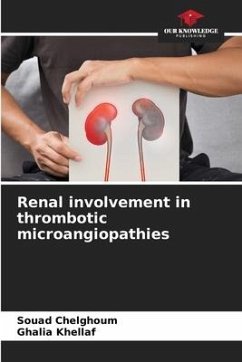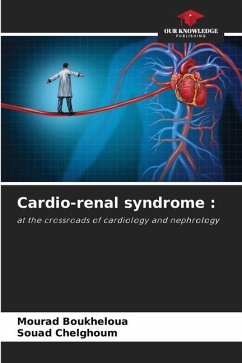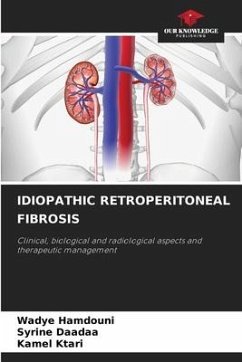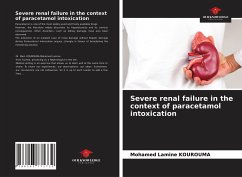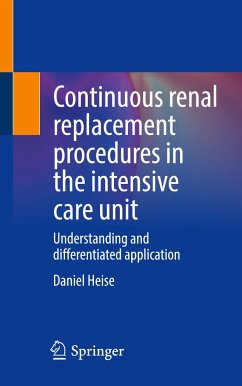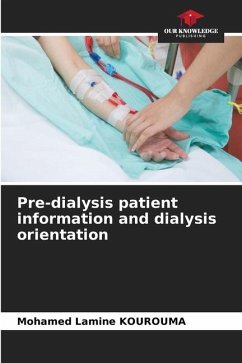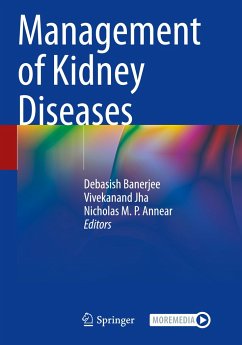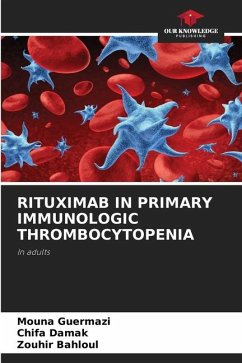
THROMBOTIC MICROANGIOPATHIES IN PEDIATRICS
Versandkostenfrei!
Versandfertig in 6-10 Tagen
29,99 €
inkl. MwSt.

PAYBACK Punkte
15 °P sammeln!
Thrombotic microangiopathies (TMAs) are pathologies characterized by the combination of mechanical microangiopathic hemolytic anemia, thrombocytopenia and target-organ damage of varying severity requiring urgent management. In children, the most frequent etiology of TMAs is Shigatoxin-producing Escherichia coli (STEC) hemolytic uremic syndrome (HUS), formerly known as typical HUS. Other HUS are called atypical HUS, and include HUS secondary to Streptococcus Pneumoniae infection, HUS secondary to Haemophilus Influenzae infection, and dysregulation of the alternative complement pathway. Other et...
Thrombotic microangiopathies (TMAs) are pathologies characterized by the combination of mechanical microangiopathic hemolytic anemia, thrombocytopenia and target-organ damage of varying severity requiring urgent management. In children, the most frequent etiology of TMAs is Shigatoxin-producing Escherichia coli (STEC) hemolytic uremic syndrome (HUS), formerly known as typical HUS. Other HUS are called atypical HUS, and include HUS secondary to Streptococcus Pneumoniae infection, HUS secondary to Haemophilus Influenzae infection, and dysregulation of the alternative complement pathway. Other etiologies include thrombopathic thrombocytopenic purpura (TTP) due to ADAMTS 13 deficiency, and other less frequent causes such as drug-induced, post-transplant, autoimmune and genetic. The course of the disease can be marked by renal and extra-renal complications, which can be life-threatening. Management is based on correction of hydroelectrolytic disorders, extra-renal purification, plasmapheresis and monoclonal antibodies.



